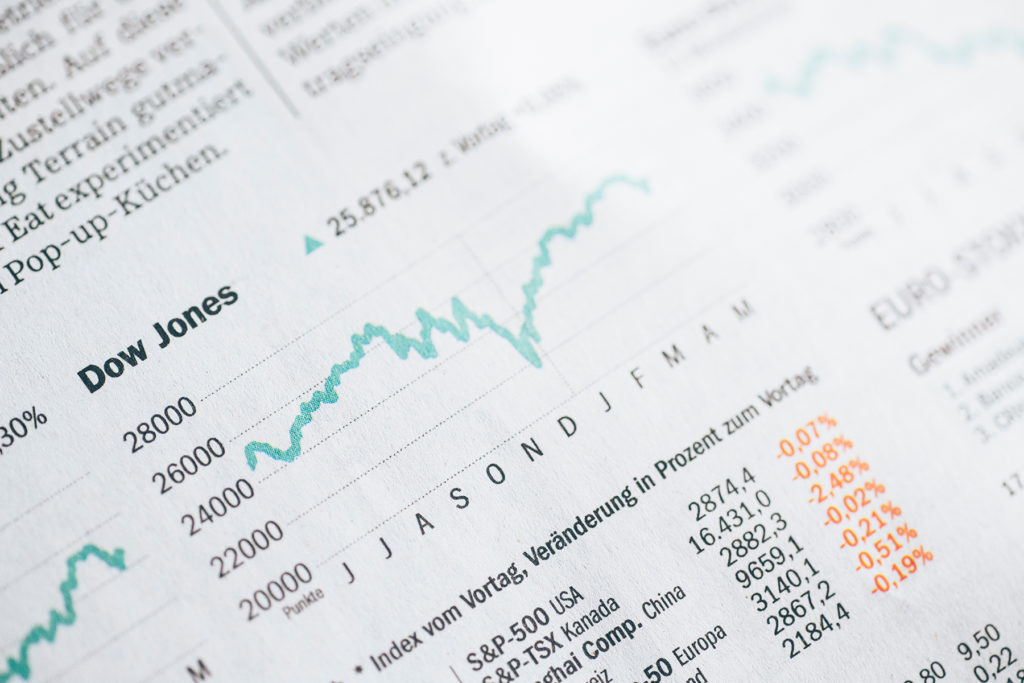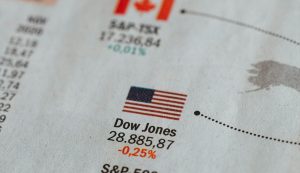Introduction: Market Volatility

You can’t control stock or bond markets but you can control your actions. This is an important lesson for many investors who feel they must do something when market volatility increases and panic sets in. However, its what you did before that counts – not during a temporary setback… like this past August??
Trying to time markets or selling securities into a decline based on bad news and “hoping” to buy back at lower prices is not likely to build wealth. When owning a stock (think equity in a business), earnings trump “promises” and quality trumps “hope”.
If your comfort zone can withstand a 20% temporary decline then you can approximate a “peak to trough” decline by adjusting your asset allocation accordingly….in this case, tilted more towards quality bonds/fixed income than stocks. Looking at the 2008-09 global financial crisis we know that the TSX and the S&P 500 indices fell about 50%. It does not get much worse than that when looking back over the decades and perhaps a little worse than the nasty 1982 recession.
Thus, if you had 30% of your investments in stocks you would have seen about a 15% decline in your account as the other 70% – if invested in quality fixed income – remained static. Earlier I referenced “temporary decline”. History proves that when you own quality businesses with proven track records of growing earnings, that are best in class within long-term growth industry’s and run by competent honest management – the decline is in fact temporary. They are likely your drivers of wealth creation over time.
Look back on any relevant chart to witness the peak, trough and recovery. It may take anywhere from one year to several, but you do have recovery. This brings into play the value of diversification as I am writing about quality securities – as opposed to just one or a few securities. To reduce non-systematic risk (individual company risk), you should own approximately 12 or more companies, ideally spread across different sectors (i.e. financials, manufacturing, healthcare). Add to this your fixed income component, perhaps Exchange Traded Funds, foreign equities and privates/alternatives and I think you have a pretty bullet proof portfolio that will endure over time. The more equity exposure you have, the more variability you will need to endure to be rewarded over time with higher potential returns. This means avoiding the pointless effort of comparing month to month – even quarter to quarter returns. If this month’s valuation is lower than last months – you have not “lost money” any more than you “gained money” in a positive month earlier. What is relevant and what does matter is to match the comparatives to the investment held. For equities this means comparing today’s value to where the value was perhaps five years ago, as equities will always fluctuate in price and the time horizon is generally considered long term. If you want to see a guaranteed increase every month, you need to invest in a GIC, with low guaranteed returns and the higher guaranteed taxes they provide.
Revisit charts of the TSX or S&P500 (links below) and you will see that returns are not linear but trend upwards over time – not all months, not all quarters or even all years. Revisit peak to trough declines of the past and see the subsequent recoveries. Look at a Berkshire Hathaway or a Royal Bank chart and see how well you are paid to tolerate this predictable situation proven time and time again. It is important to remind oneself that broad market declines are temporary. This is the lifeboat drill every investor should revisit from time to time.
As you move through the months and years you need to account for “market drift” which particularly over the last 10 years has been a factor for global equities. To re-weight exposure during this time, or for personal objectives or risk tolerance, its prudent to rebalance your portfolio on a periodic basis to ensure your exposure to equities (and all significant asset classes) is kept within intended strategic limits. Equities compounding at 7% per year double approximately every ten years. Without rebalancing, elevated equity exposure could expose your portfolio to greater temporary declines during market corrections than you are comfortable with when the inevitable happens. Want higher potential longer-term returns? Increase your exposure to stocks and private income-oriented investments. Throw in tax concerns and cash flow management and it’s a process that takes time and research. Investment managers measure success in years not weeks.
Hope is not a strategy nor is succumbing to headlines or market timing. Being prudently pro-active versus reactive is the lesson here. Here at the branch we as portfolio managers have been adjusting accounts for market drift or excess valuations and adding income investments for those nearing and already enjoying retirement. This is especially true in registered accounts where transactions do not trigger a tax liability.
For your convenience here are a few relevant links that help you see that broad market declines are indeed temporary:
https://www.marketwatch.com/investing/index/spx
https://www.marketwatch.com/investing/index/gsptse?countrycode=ca






